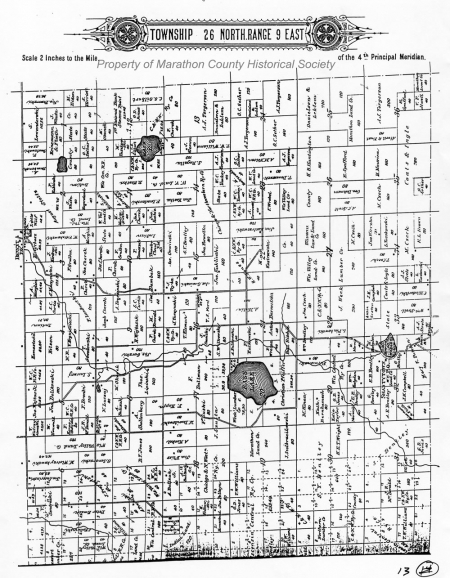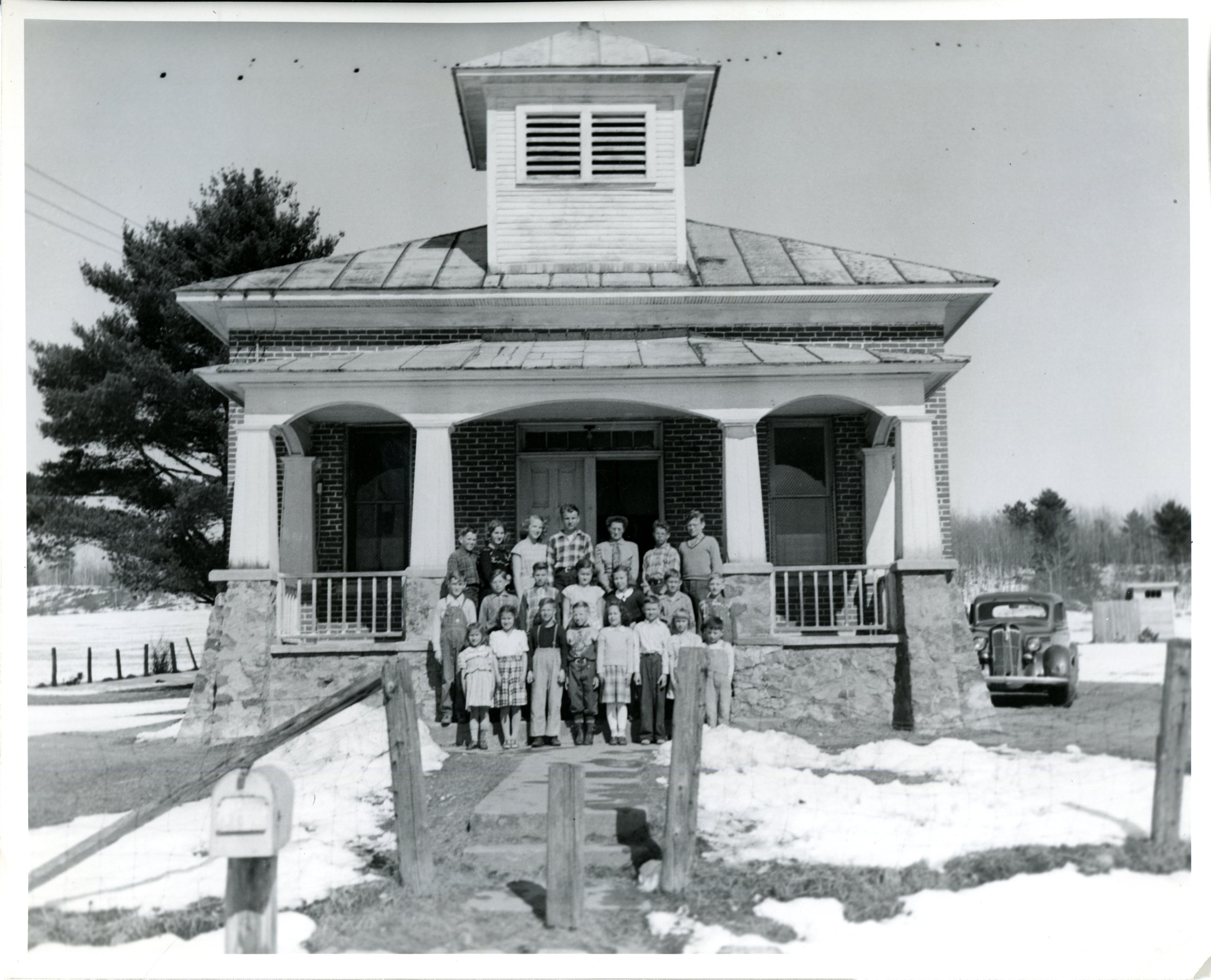Search our Places Database
Bevent, Township of
Return To List of Locations | Back to Search
For more information on this location, please contact our research library.

Author:
Mary Moltzan
Location:
T. 26 N. - R. 9 E.
Founded:
1917
Background:
Population: 1920-1029, 2000-1126.
Originally this township was part of Knowlton Township. In 1886, Pike Lake Township was created. The southern half of Pike Lake Township would become Bevent Township in c1923. Residents of Stevens Point settled the Town of Pike Lake.The population was nearly all Polish with a few Bohemians and Germans. J. Milanowski and Gustave Baranowski were the first settlers.
This area of Marathon County was settled primarily by Polish immigrants. The importance that those immigrants and their descendants placed on their religion is evidenced by the many roadside shrines which once existed. Some can still be seen in the area. These shrines range from small brick structures to simple wooden crosses. Individual families and entire parishes used to make pilgrimages to these shrines as part of their observance of religious holidays.
First Public Official:
August Marks
Biography:
First township representative on the Marathon County Board. He was the board chairman.
Post Office Established:
See villages of Shantytown and Bevent
First Postmaster:
See villages of Shantytown and Bevent.
About The Post Office:
See villages of Shantytown and Bevent.
Railroad:
The Chicago & Northwestern ran through the township from Eland Junction to Rosholt, in Portage County.
Churches:
1. See Village of Bevent.
2. Presbyterian church, Section 31, 1901 Platbook map.
3. See Village of Shantytown.
Schools:
1. St. Ladislaus Catholic School - Bevent - see Village of Bevent.
2. School #2 - Section 16, 1901 Plat Book - Harrison School?
3. School #4 - Section 33, 1901 Platbook - County Line School.
4. School #5 - Section 8, 1901 Platbook. Tyler School, presumably named after 10th U. S. president, John Tyler.
5. Section 19, 1923 Platbook map. presumably named after 11th U. S. president, James K. Polk.
Business:
See Village of Bevent
Industry:
There was a portable sawmill in the community of Bevent to produce lumber and fence posts for local farmers.
Farming:
In the Towns of Bevent and Franzen, the land begins to flatten and the area's sandy soils proved ideal for growing potatoes. Dairy farming also prospered during the 1890s with much of the milk being transported to newly-built crossroads cheese factories.


